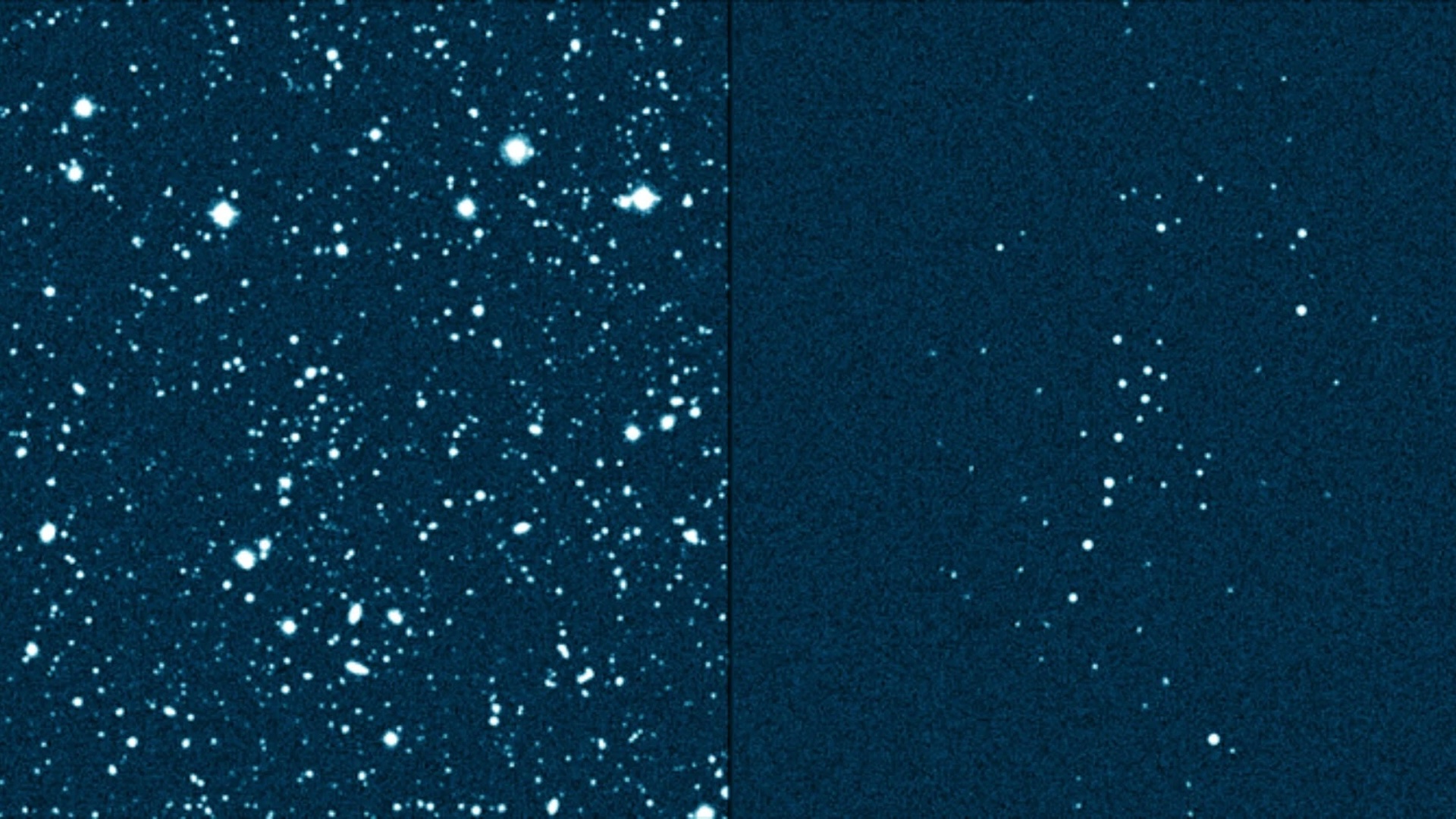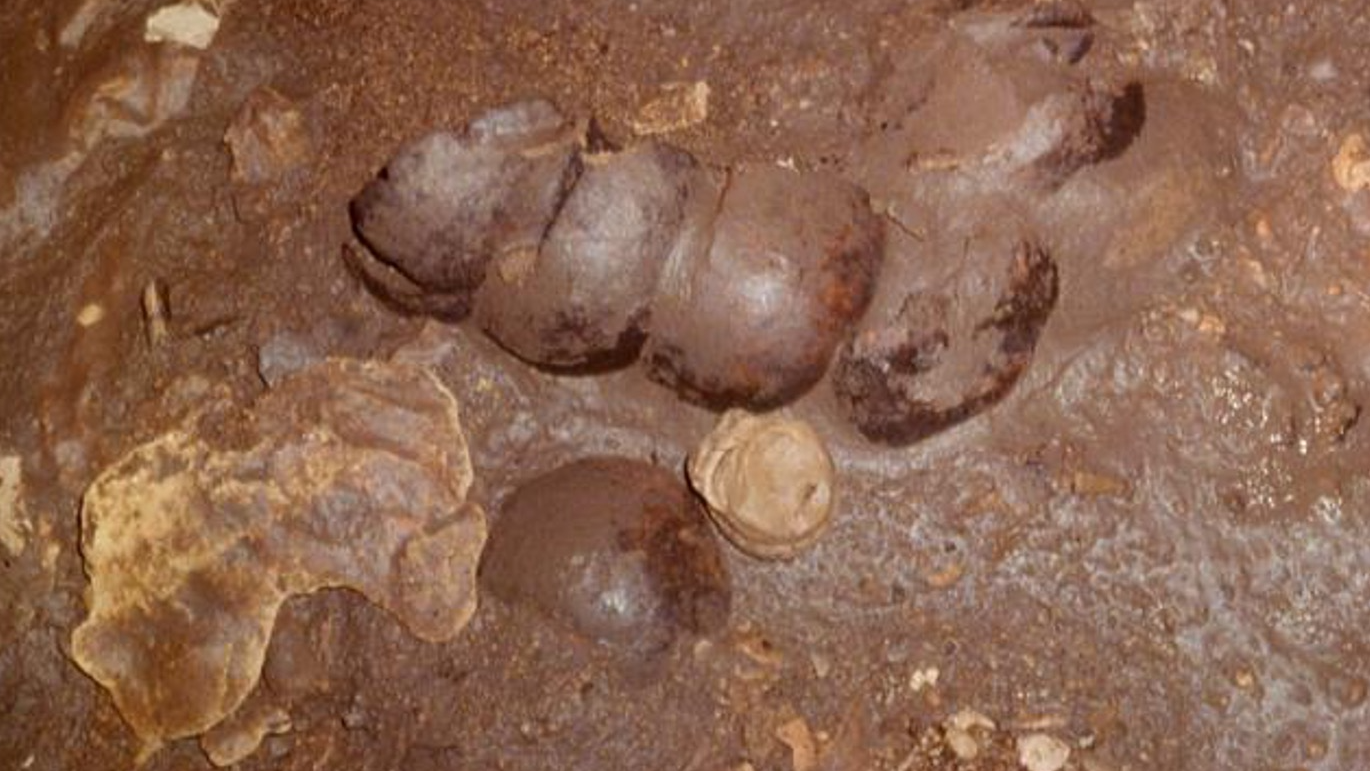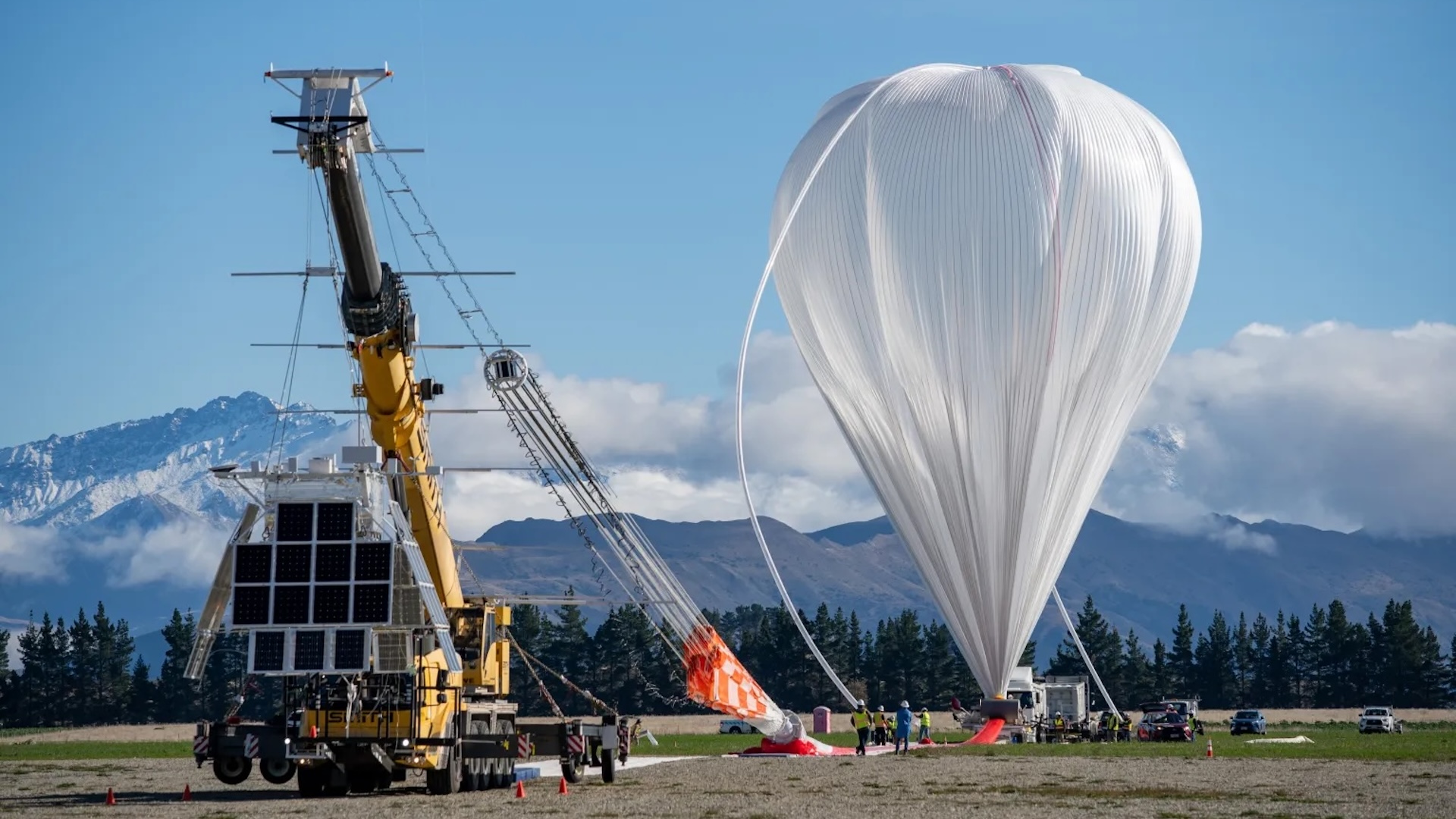Man Survives 3 Days Lost in the Arctic
In a real scene worthy of the most harrowing reality shows, a man working on a scientific research project in Greenland's Arctic went missing last week but used survival techniques to stay alive for three days before being rescued.
The man, whose name has not been released, was rescued Saturday with the help of several international agencies, the National Science Foundation announced today.
The NSF provided few details regarding why the man got lost. Here's what's known:
The missing man was identified as a 38-year-old U.S. citizen who works as a heavy equipment operator at the station for a sub-contractor of CH2M HILL, an engineering, construction and operations company that provides logistical support for NSF's scientific research efforts in the frigid Arctic.
Before his rescue on Saturday, the man had last been seen on Wednesday night near a runway at foundation's research station at Summit, Greenland. He was reported missing on Thursday morning, launching an intensive search and rescue operation that ended when the man was found alive and alert in the early hours of Saturday morning.
Overnight temperatures in Summit this time of year typically range from around 10 degrees below zero, Fahrenheit on clear nights to around 10 degrees when it snows.
Several local and regional agencies, including the Danish Air Force, assisted. Elements of the New York Air National Guard's 109th Airlift Wing, NASA and other agencies stood by to offer support for the operation.
Sign up for the Live Science daily newsletter now
Get the world’s most fascinating discoveries delivered straight to your inbox.
While the search was taking place, the missing man used survival techniques taught to all NSF and CH2M HILL-affiliated personnel in polar regions to stay alive, including digging a hole to get out of the wind and frequently moving his body to keep blood circulating, today's statement explained.
The man is now being treated at a hospital in Nuuk, the capital of Greenland, and is expected to recover.
The station is located in central Greenland atop 2 miles (3,200 meters) of ice, and is nearly 260 miles (418 km) from the nearest point of land.
Summit supports a diversity of scientific research, including year-round measurements of air-snow interactions used to interpret data from deep ice cores drilled both at Summit and elsewhere — research that is crucial to building our understanding of our climate, global warming and other phenomena, according to the NSF.
The NSF also runs a permanent research base in the harsh conditions of Antarctica.
"Our personnel and contractor support staff endure personal hardships and risks in doing their jobs, and they're key to the success of our research," said Karl A. Erb, Director of NSF's Office of Polar Programs. "All of us at NSF join in thanking Greenlandic and Danish authorities for their good work in carrying out the search and rescue operation."
- Video - The End of the Earth
- Gallery of Extreme Living: Scientists at the End of the Earth
- North vs. South Poles: 10 Wild Differences










